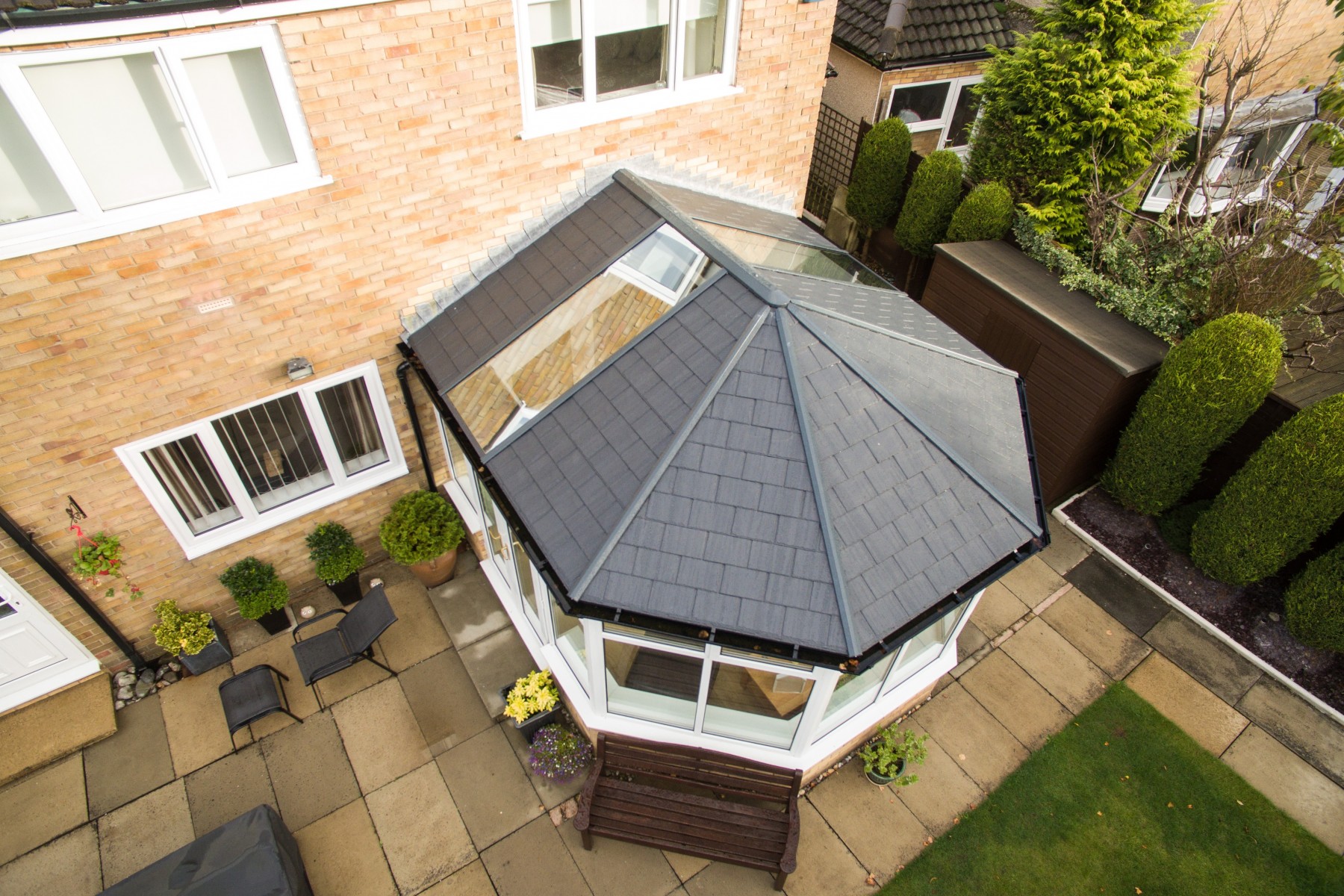Roof Replacement in the UK: A Essential Investment for Long-Term Dwelling Protection
Roof Replacement in the UK: A Essential Investment for Long-Term Dwelling Protection
Blog Article
The UK's harsh weather can make roof replacement a necessity, particularly when buildings are exposed to it throughout the entire year. Roofs are one of the most vulnerable parts of any building. From snow and heavy rain in winter, to strong wind in spring and fall, they require regular care and attention. Roofs can deteriorate over time due to the elements. A replacement is sometimes necessary in order to keep a building's structural integrity. In this article, we will explore the importance of roof replacement, the signs that indicate a roof needs replacing, the process involved, and key considerations when undertaking this essential home improvement project.
One of the first signs that a roof replacement may be necessary is visible damage such as missing tiles, sagging sections, or leaks that continue despite multiple repairs. In the UK, many homes have slate or tile roofs, and while these materials are durable, they are not immune to long-term wear. If you notice damp patches in the ceiling, mold growth or an increase in your energy bill, it could be a sign that your roof no longer provides adequate protection. Roofs older than 20-25 years are more likely to require replacement. It's advisable to have a professional roofer conduct an inspection to assess the full extent of any damage. A professional roofer can give you a comprehensive report that will help determine whether or not a full replacement or partial repair is needed. Roofs can be extended by regular maintenance, but they will eventually reach the end of their functional lifespan.
Identifying the right time for roof replacement is crucial to avoid further damage and unnecessary expenses. Minor repairs may prolong the lifespan of the roof. However, there are signs that indicate it's time to completely replace the roof. One of the most obvious signs is the presence of frequent leaks, especially if water starts to seep into the interior of the home. Small leaks, even if they are not large, can cause extensive damage to the home, such as mold and mildew. Insulation may also be compromised. Missing or cracked tiles or sagging sections of the roof are also signs. So is an increase in energy costs due to inadequate insulation. It is time to replace the entire roof if it has been over 20 years and shows these signs. Ignoring these symptoms could lead to more severe problems, including structural instability and extensive interior damage.
The cost of Typical roof replacement prices in the UK varies widely, depending on the size of the roof, the chosen materials, the complexity of the structure, and the region. On average, a complete roof replacement on a standard three-bedroom semi-detached house can cost between 5,000 and 12,000. Labour often makes up a significant portion of the cost, and scaffolding and waste removal add to the total expense. This investment can be offset by an increase in property value or reduced maintenance costs. It is vital to obtain at least three quotes from reputable contractors and ensure they are members of organisations like the NFRC (National Federation of Roofing Contractors) or TrustMark. Clear contracts, insurance coverage, and written guarantees are also essential to protect homeowners from poor workmanship or unexpected delays. A quality roof can be expensive, but it will provide long-term security. To obtain additional information please click resources
The timing of the roof replacement project can have a major impact on its success. In the UK, the best time to undertake such work is during the late spring, summer, or early autumn months when the weather is generally more stable. The wind and rain can create delays, particularly if the construction exposes large sections of roof. However, emergency replacements may be required at any time of year, particularly if a roof has suffered storm damage. Planning ahead and booking a contractor in advance can help avoid long wait times during peak seasons. The homeowner should make other logistical arrangements, including informing their neighbours of the upcoming construction, setting aside parking spaces for vehicles and planning for possible noise. With a realistic timeline and good communication, the replacement process can be managed with minimal inconvenience.
A roof replacement project is an important one that will protect a house's structural integrity, increase its value and boost energy efficiency. UK homeowners should be on the lookout for any signs of roof damage and take action immediately to avoid further damage. Making informed choices is essential to achieve the best possible results. There are so many contractors and materials available. It's equally important to factor in costs, scheduling, and warranty protection when planning the project. Whether upgrading for aesthetic purposes or addressing long-standing problems, a well-executed roof replacement brings peace of mind for decades. By investing wisely and working with experienced professionals, homeowners can ensure that their property remains safe, dry, and attractive regardless of the unpredictable British weather.